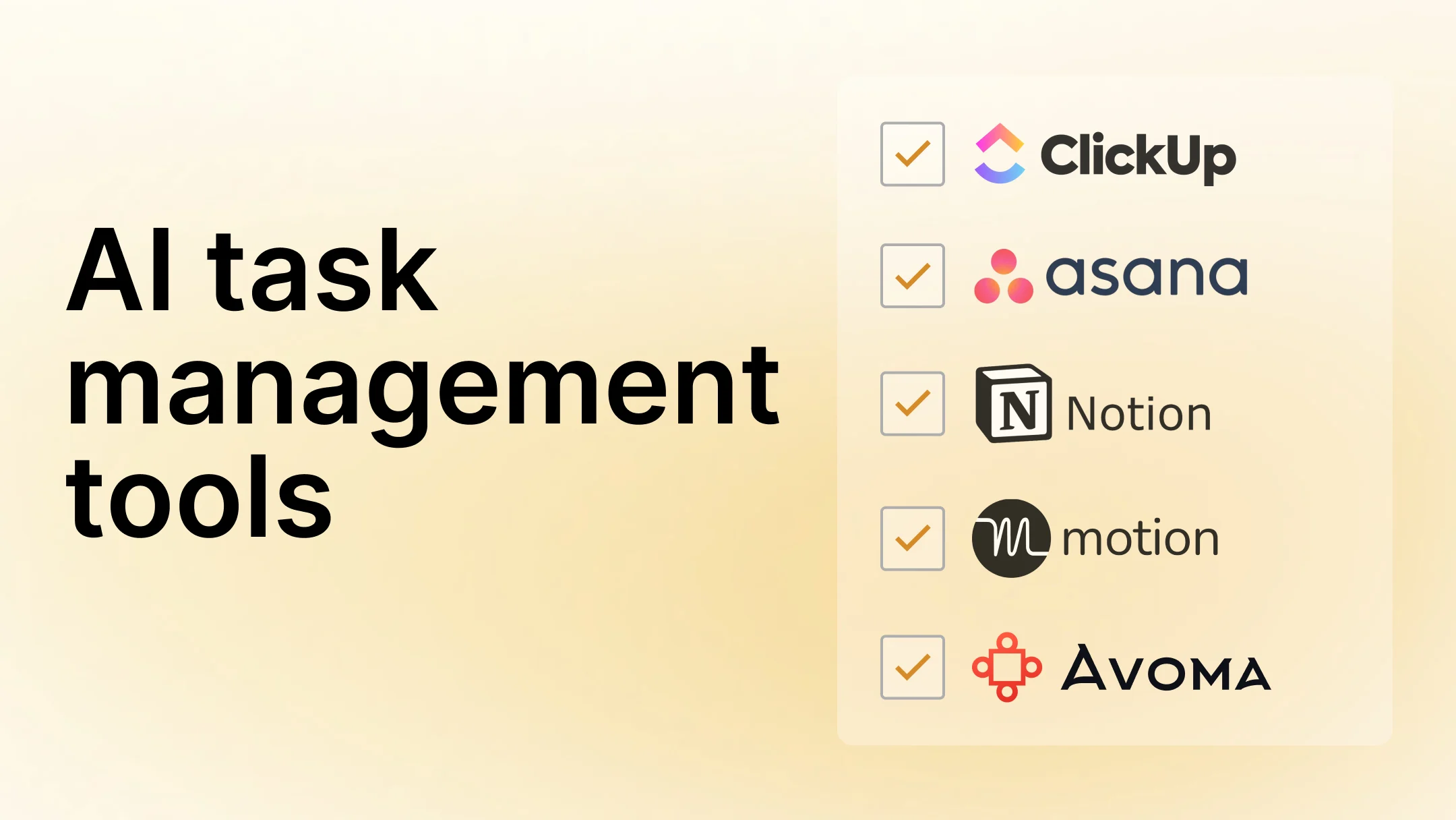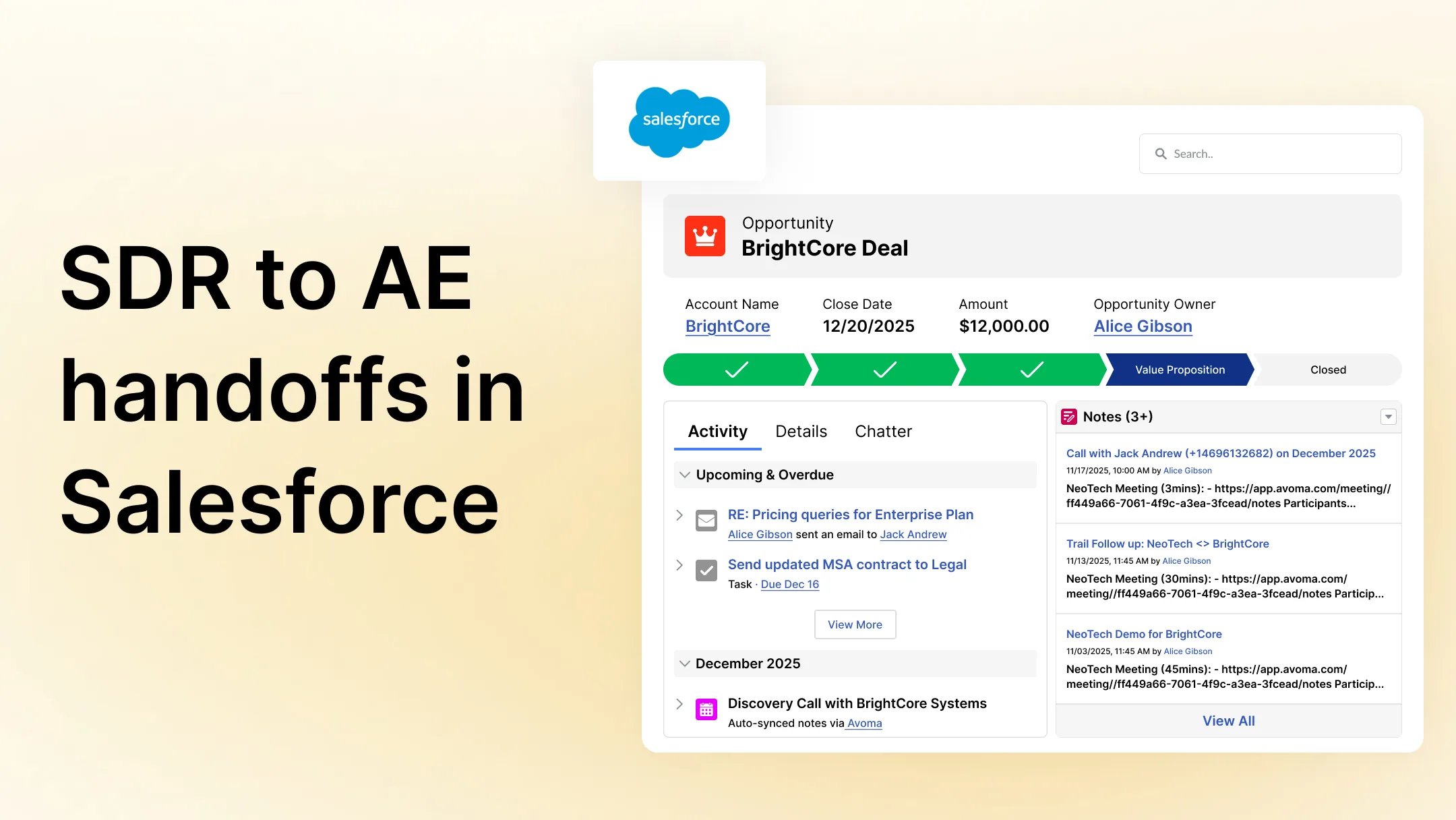Why Meetings Suck?
Table of Contents:


“I love meetings and wish there were more on my calendar,” said no one ever.
Meetings have developed a bad reputation and for good reason. Most meetings are not run efficiently, run too long, or are simply running on empty––no clear objective or agenda. This happens because people often think they can just wing it, which ultimately results in costly and ineffective meetings.
“...a single weekly meeting of mid-level managers was costing one organization $15M a year!” - Harvard Business Review
Meetings can run well if they are planned well.
Meetings have a lifecycle, and to be successful you should focus on the flow of information during these three phases of the lifecycle: before the meeting, during the meeting, and after the meeting. Once you do this, you will be equipped to run a highly productive meeting – one with clear objectives, an effective agenda, and relevant participating attendees.
Before The Meeting: Sometimes a meeting host has called a meeting but has not taken the time to define the objective and goals, didn’t prepare a specific agenda, or didn’t communicate any details about the meeting ahead of time. This often results in disengaged participants, and the meeting is a waste of time for everyone. Here is a series of questions to help you avoid this situation and come prepared:
- What’s the purpose of this meeting? Is it to bring people up to speed, seek input, or to ask for approval?
- Who needs to attend this meeting? What is the purpose of each attendee?
- What is the best format for this meeting? A presentation, a whiteboard brainstorming session, or an open group discussion?
- Who will be assigned logistical tasks such as, taking notes, timekeeping, etc?
- Has the meeting agenda and objectives been distributed to the attendees?
- Have you practiced your presentation?
During The Meeting: Meetings can go on forever with no structure, and no owner. Sometimes it’s a lack of focus due to people multitasking. Other times it could be because there is a recurring meeting scheduled every week on your calendar for many months and it is simply a habit for everyone to show up, talk about stuff and then head back to their desks. The information isn’t captured, or worse, the information is captured, but not distributed to other attendees. The next steps aren’t clear, and no one knows what’s going on but they continue to attend. Follow the tips below to make sure your meeting isn’t a meeting from hell.
- Set ground rules, whether that is to ban devices, ask every attendee to participate, or create a safe space for people to disagree.
- Set a time limit for each item on the agenda, and assign someone to be a timekeeper, and someone else to be a notetaker unless you’re using a tool like Avoma to record your notes.
- Make sure to include your remote employees by actively seeking their participation.
Before ending the meeting ask yourself the following questions to end the meeting with clarity:
- Have you achieved your goal of either informing people, seeking input, or making a decision?
- What are the next steps? Will this be a recurring meeting? Will shorter Standup meetings work?
- Is everyone aligned? Is the notetaker prepared to send out meeting notes including a brief summary and action items?
After The Meeting: This is where most meetings lose value. You attend a meeting, give feedback, participate in a discussion, and invest your time and effort only to leave with no clarification on the next steps. People usually spend so much effort during the meeting, and sometimes even before the meeting, and forget that they have to close the loop. Follow these steps to ensure you are closing the loop:
- Thank attendees and distribute the notes – upload them to either a shared drive or your CRM for easy access.
- Clarify and schedule your follow up assignments, meetings, and next steps.
- Transfer the tasks into your project management tool.
- Seek feedback from meeting attendees, and learn from your mistakes.
Thinking of your meetings in terms of these three phases is a fool-proof strategy to get the most out of each meeting. With a little effort, you can enter every meeting with a set goal and walk away from each meeting with clear action items. And most importantly, your coworkers and prospects will thank you for making meetings great again!
Frequently Asked Questions






What's stopping you from turning every conversation into actionable insights?









